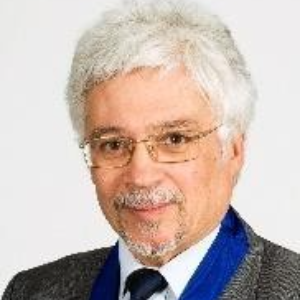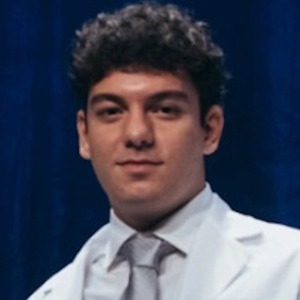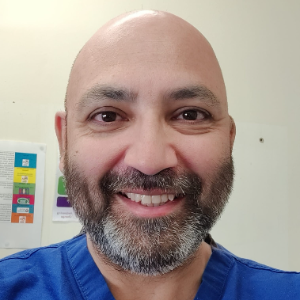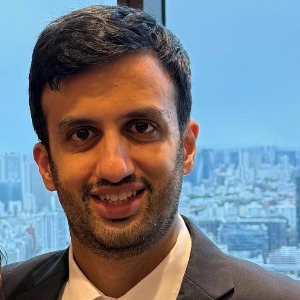Oblique Cord
The Oblique Cord, also known as the oblique ligament or cracovienne ligament, is a ligamentous structure within the human forearm. It is a continuation of the distal part of the interosseous membrane, which lies between the radius and ulna bones. The oblique cord extends obliquely from the ulna to the radius, crossing the interosseous space. The primary function of the oblique cord is to stabilize the radius and ulna bones during forearm rotation. It plays a crucial role in maintaining the integrity of the forearm's anatomical structures, allowing for smooth and coordinated movements. The oblique cord works in conjunction with other ligaments and structures in the forearm, contributing to the overall stability and functionality of the joint. Understanding the anatomy and function of the oblique cord is important in the context of forearm injuries and surgical procedures. Trauma or pathology affecting this ligament can impact the biomechanics of the forearm, leading to instability and functional impairment. Surgeons may consider the oblique cord when addressing conditions such as fractures or dislocations in the forearm, ensuring appropriate management for optimal recovery and function.

Stephen S Tower
University of Alaska Anchorage, United States
Marcos Brioschi
American Academy of Thermology, United States
Wagih El Masri
Keele University, United Kingdom
Arif Akkok
Lake Erie College of Osteopathic Medicine, United States
Akash Ganguly
Warrington and Halton Hospitals NHS FT, United Kingdom
Sajid Ali
The Dudley Group NHS Foundation Trust, United Kingdom




Title : The UK profemur recall and implant cobaltism
Stephen S Tower, University of Alaska Anchorage, United States
Title : The tomographic phenotype and the genotype of wormain bones
Ali Al Kaissi, National Ilizarov Medical Research Center for Traumatology and Orthopaedics, Russian Federation
Title : New treatment of muscle contracture and joint contracture through muscle regeneration with mitochondrial dynamics
Ki Ji Lee, Busan Medical University, Korea, Republic of
Title : New treatment of sarcopenia through muscle regeneration with mitochondrial dynamics
Ki Ji Lee, Busan Medical University, Korea, Republic of
Title : The prevalence and association of self-reported depression symptoms with musculoskeletal pain and quality of life among pregnant women
Youssef Masharawi, Tel Aviv University, Israel
Title : Bipolar hemiarthroplasty under local anesthesia (2%)
Ketan Karabhai Parmar, Aayush Multispecialty Hospital, India